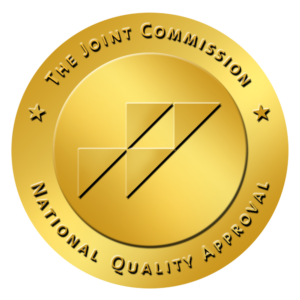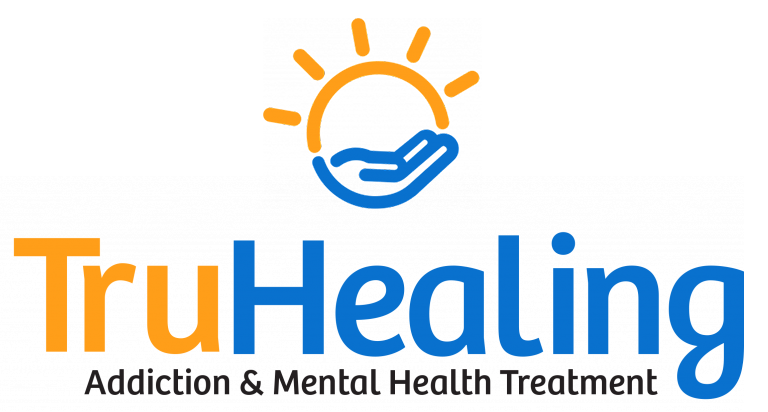I had the pleasure of speaking with Marc Lewis over Zoom about addiction, neuroscience, shame, and self-compassion. Lewis is a neuroscientist and professor emeritus in developmental psychology. He is the author or co-author of over 70 journal publications in psychology and neuroscience, and the author of two books. Lewis currently writes for the popular press, blogs, and speaks internationally on the science, experience, and treatment of addiction.
Can you talk about how shame contributes to and then exacerbates addiction?
Shame is often the result of trauma. If you’ve been traumatized one way or another—whether it’s been verbal or physical or sexual abuse or some other misfortune—you often feel like you’re the one who’s done wrong, or that you didn’t respond the way you should have. You feel like you aren’t the right person and blame yourself. The result is overwhelming and extensive shame and self-punishment.
Shame is extremely painful to carry around, so people start using substances and feel relief. It warms them up and makes them feel like they can offload this weight they’re carrying for a while. But the insidious part is that the addiction itself can instigate further shame. It often does, since people don’t think particularly well of addicts. So the shame keeps accumulating in a feedback cycle.
You’ve talked about Internal Family Systems [the therapeutic modality], and how when we validate all the different parts of ourselves, it can help us challenge stories about our wrongness or unworthiness. Can you talk more about that?
The basic idea is that we have different parts of us, and sometimes those parts are at war with one another—not listening to or hearing each other. They include very young parts that still feel really strong emotions and can’t defend themselves from them. That’s where the shame, fear, anxiety, and anger accumulate.
Then there are protectors—the parts we develop to help ourselves act and feel better. In the case of addiction, very often they are trying to help us get away from negative emotions. This is the part that’s often called the firefighter. The idea is that when firefighters come, they just spray out the fire and leave a huge mess and don’t care. Just put out the fire and leave.
The firefighter is the reactive part. It’s the part that says, “F*ck this, I am not going to feel this anymore. I know how to feel better. I’m just going to take this drug.” That’s reacting to other parts that are more judgmental, more rational—all the “should” parts.
In psychotherapy, you help people talk with those parts—acknowledge them, accept them, and forgive them. Even value them, which sounds odd because some of those parts get you in trouble, but the idea is to recognize that they are trying to help you in whatever way they can. Some of those ways leave a mess, but they’re still trying to help.
There’s a strong emphasis on self-compassion. You ground yourself in your Self with a capital S. It’s ironically kind of similar to what Buddhists call the non-self because there’s a sense that it extends and it’s not egotistical; it’s just here, present, aware, and insightful. When you are anchored in that place you can much more easily send compassion to the different parts.
This morning I listened to a meditation that was, “How to Stop Blaming Yourself.” I thought, “Exactly! That’s pretty much the same goal as IFS.” So it doesn’t have to be IFS. There are many ways to think about how to forgive ourselves, and how to alleviate the sense of self-abuse that we so often carry around.
Have you come across people in your therapy who have a hard time accessing the different parts of self?
Some people take to it like a duck to water; they already have their internal world pretty much divided into parts, so it’s easy for them. A lot of people recognize the internal critic or judge—especially people who use substances or drink a lot, because there’s so much stigma. They have a pretty powerful internal critic who says, “How dare you do that. Again?!” That can be very familiar to people.
Other people, it takes longer. You need to guide them. It’s a meditation-like process in some ways. It involves some mindfulness, some looking inside and being with yourself. We use guided imagery a fair bit to identify and elucidate the different parts.
How does your own experience of addiction inform your work as a therapist?
A lot. It’s well known in the addiction therapy world that people who have serious troubles with addiction feel a lot more comfortable talking about them with someone who’s been there. People get a sense that if you haven’t been there, you don’t know what it’s like. No matter how much you think you know—how much empathy and compassion you can access—you’re still never going to really understand. Trust gets laid down quickly if the counselor or therapist has been there, especially if they’re able to share some thoughts or feelings about the experience.
How does your understanding of neuroscience inform your therapy practice? Or does it?
It doesn’t very much these days. Except for example if people see the idea of parts in Internal Family Systems as too metaphorical—like a fairytale or a mystical orientation. Then I can switch to neuroscience language and say, “Hey, there’s a lot of connections between your ventral striatum and midbrain dopamine centers and whatever regions of prefrontal cortex.”
The brain forms synaptic networks, assemblies, patterns, and configurations. Those configurations are the interpretations we carry with us through life, and they are the ones we want to explore. But using brain terms makes the diverse parts of ourselves difficult to access, so then we switch to more metaphorical language based on guided imagery.
But we’re talking about reality; it’s not just spinning tales here. I studied addiction neuroscience for a long time, and there’s no doubt that the impulsive and compulsive urges—what we usually call craving—are real. They’re parts of your brain that are highly activated and very focused on a particular reward.
It’s not easy to turn that off; it’s biological. Everything that’s psychological is fundamentally biological. So there’s another advantage to introducing neuroscience ideas: they help people recognize that habits have a biological basis—that it takes time to rewire those networks—so it becomes easier for them to forgive themselves for how difficult it is to turn off feelings and impulses they know are hurting them.
My next question relates to that. You wrote on a recent blog, “When people ask whether addiction is psychological or biological or social, they’re asking the wrong question.” What do you think they should be asking?
Nowadays in psychology and related sciences, they often talk about the biopsychosocial model. They throw them all together, because people recognize: “You know what? These systems are all acting at the same time.” It’s not one or the other; it can’t be.
Traditionally, if you say it’s biological, you are assuming that addiction is a pathology. But that’s not a rational assumption, because everything is biological—learning is biological; falling in love is biological. Once you realize that biology does not imply pathology, you don’t tend to make these category errors that it’s one or the other.
I always thought it was counterintuitive to pathologize it if people are self-medicating for feeling shame or wrongness.
Yeah, self-medication is a useful way of talking about substance use. When people take drugs or drink alcohol, they’re medicating their stressful feelings. We’re all just trying to feel okay.







